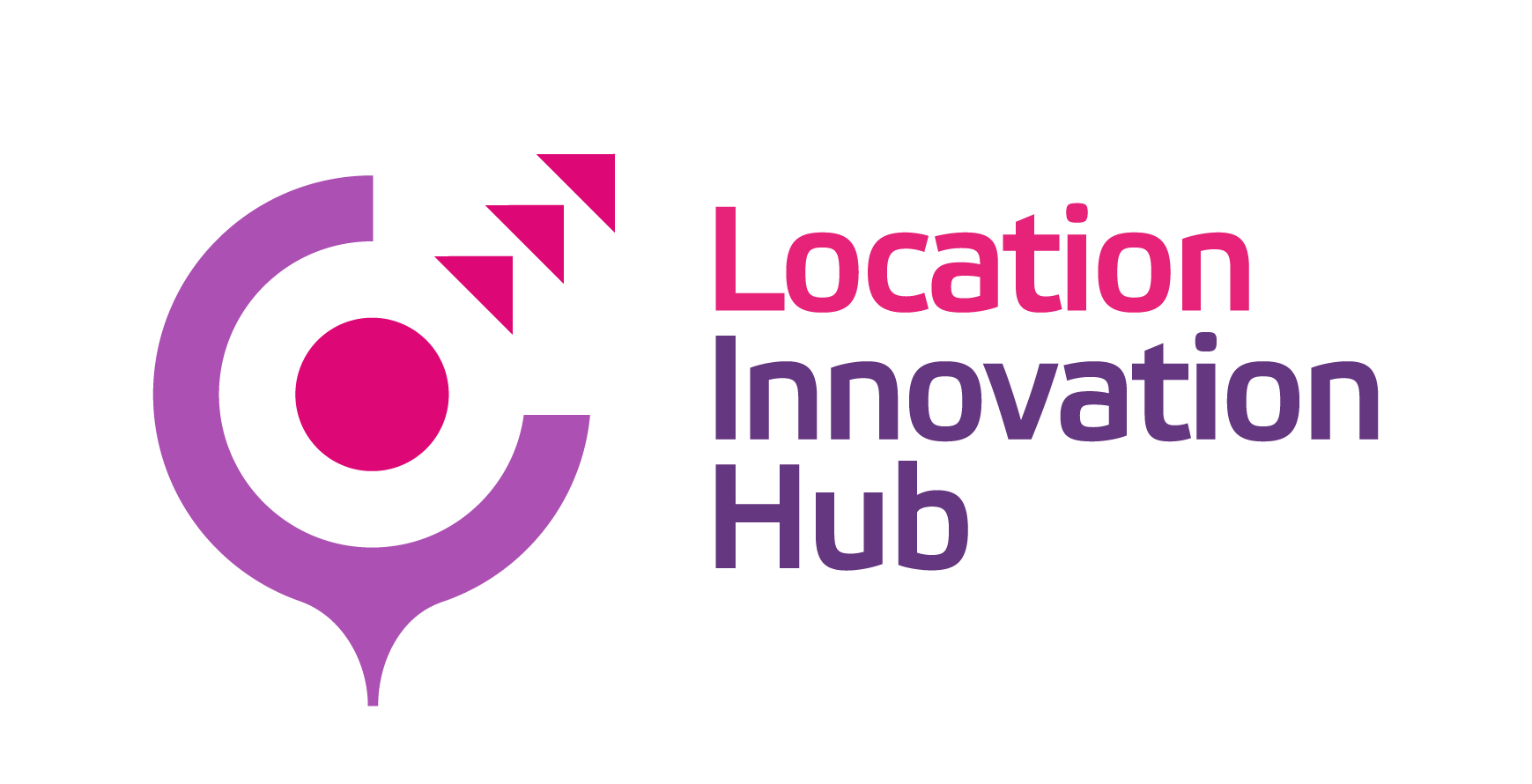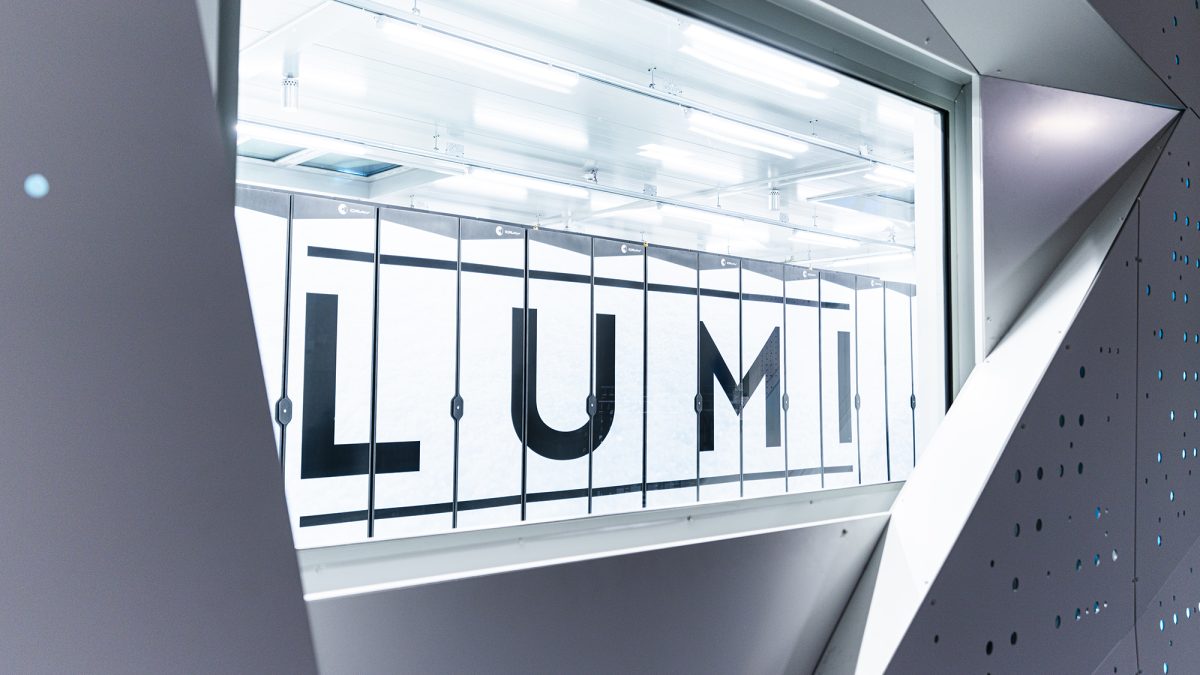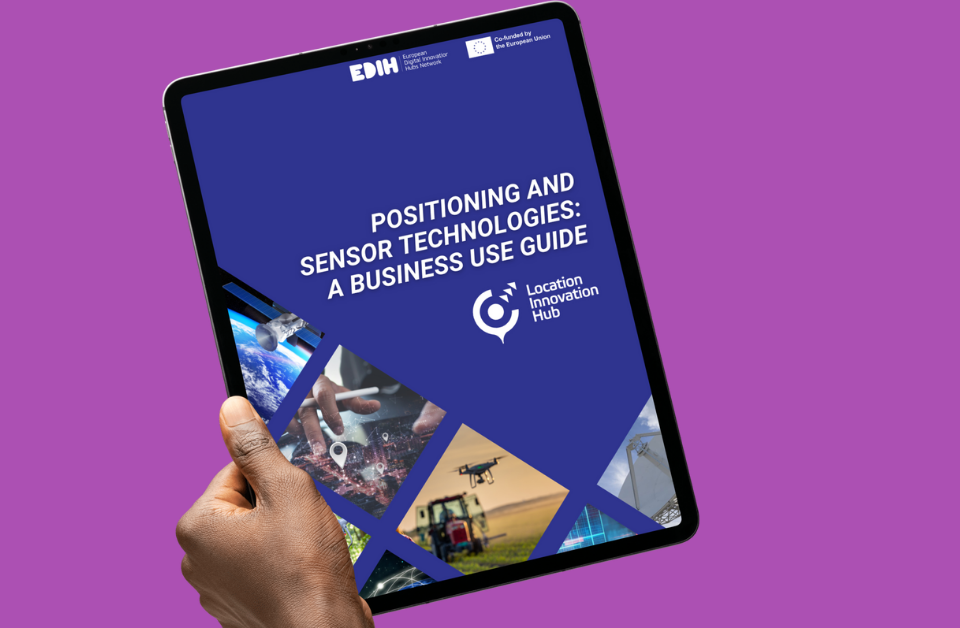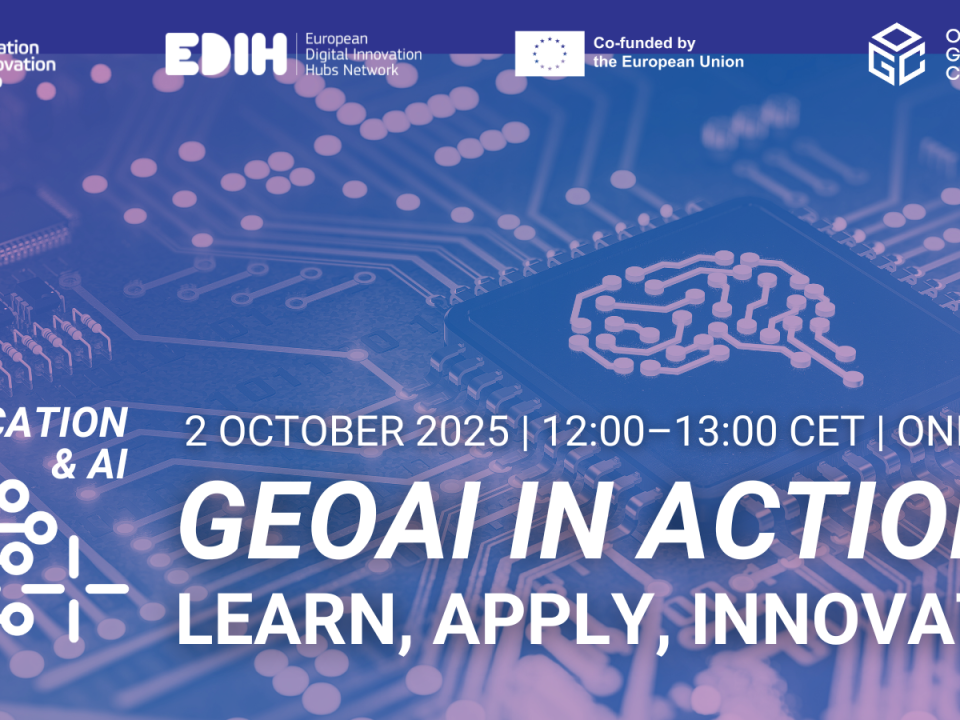
Location intelligence for healthcare professionals
16.06.2023
Enhance your GIS skills: Esri offers free MOOC courses
27.06.2023How to use LUMI in geospatial business?
LUMI is the flagship supercomputer in Europe and one of the world's most powerful supercomputers, designed to handle complex computational tasks across various domains. When it comes to geospatial data analysis, LUMI's immense computing power can be harnessed to accelerate and enhance several applications.
But how to do it in geospatial businesses? What skills do you need to make the most of LUMI? CSC was showcasing opportunities to use LUMI for geospatial business by having a morning seminar for over 40 participants in June.
Powerful computing
LUMI and other supercomputers are able to analyze massive datasets. It is possible to run high-resolution climate models and geospatial simulations, and process remote sensing data, to name a few. The analysis can be used for example in urban planning, transportation optimization or environmental impact assessment.
“Processing and analyzing today’s ever-growing and massive datasets require significant computational resources. To keep up with this development, it really makes sense to take advantage of a European supercomputer”, says technical support Faris Alsuhail from LIH EDIH. He was participating the morning seminar and thought it was very useful.
Up to 20% of the LUMI supercomputer’s computing capacity has been reserved for industrial R&D use.
“LUMI’s main computing power comes from GPUs that are needed for deep learning projects, so LUMI is especially useful in different AI applications. During the morning seminar for example ICEYE presented their LUMI usage and reasons behind it”, Alsuhail says.
Supercomputing does not require superskills
If you are willing to get acquainted with the LUMI user documentation and get to know the use of a supercomputer, for example by participating in CSC’s training and courses, it will be quite easy to deploy LUMI after all.
“The use of LUMI requires scripting skills, a bit of reading the guides and learning very basic Linux commands”, Alsuhail tells.
“Compared to a standard desktop computer, you need to in advance estimate and reserve the required resources, such as computing time and memory, for the analysis work. Running the analyses drains your allocated compute hours. CSC provides tools to help you to estimate the number of units required to run your analysis”, Alsuhail explains.
Currently LUMI does not provide a graphical interface, but one is coming during this year.
“It is possible to test LUMI free of charge before investment decision”, Alsuhail reminds. After testing it is possible to gain access to LUMI on commercial basis, also Business Finland support is available.
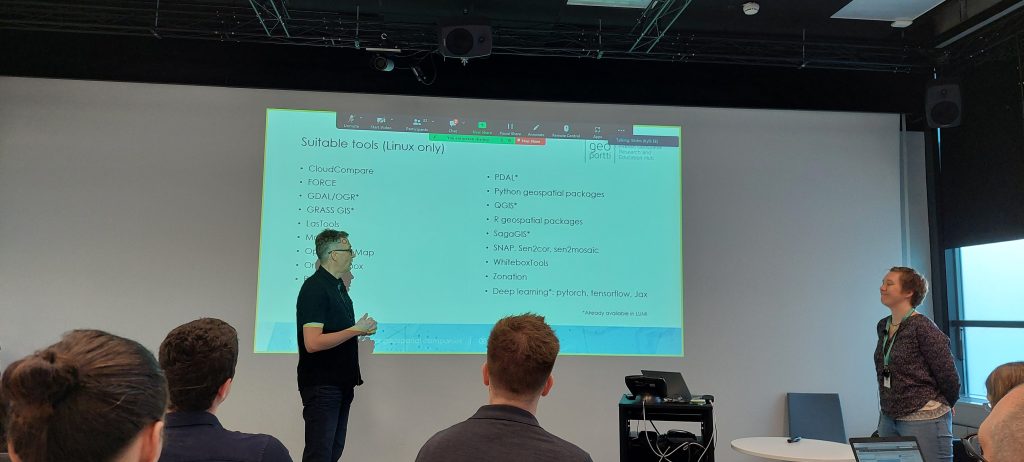
CSC showcased opportunities to use LUMI for geospatial business.
LUMI supercomputer
LUMI (Large Unified Modern Infrastructure) is one of the pan-European pre-exascale supercomputers. It is hosted by the LUMI consortium; Finland, Belgium, the Czech Republic, Denmark, Estonia, Iceland, Norway, Poland, Sweden, and Switzerland. LUMI is located in CSC’s data center in Kajaani, Finland.
CSC is a partner in the LIH EDIH consortium, and provides access to LUMI. CSC offers a wide range of courses to develop your skills for using supercomputers efficiently.
Read more about LUMI high performance computing services
Are you interested in the test environments offered by the partners of the Location Innovation Hub? Contact us and tell us about your needs! Our technical expert Faris Alsuhail is at your service, click here for contact details.
